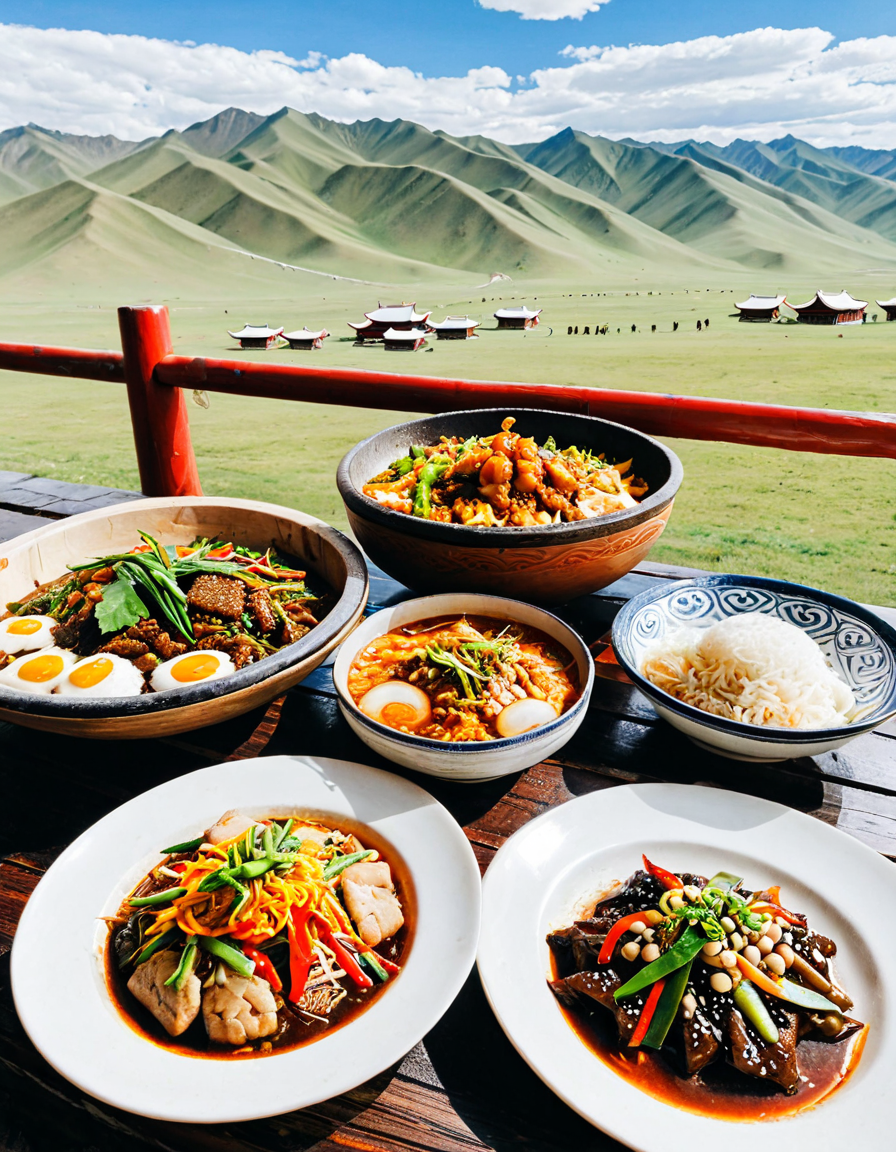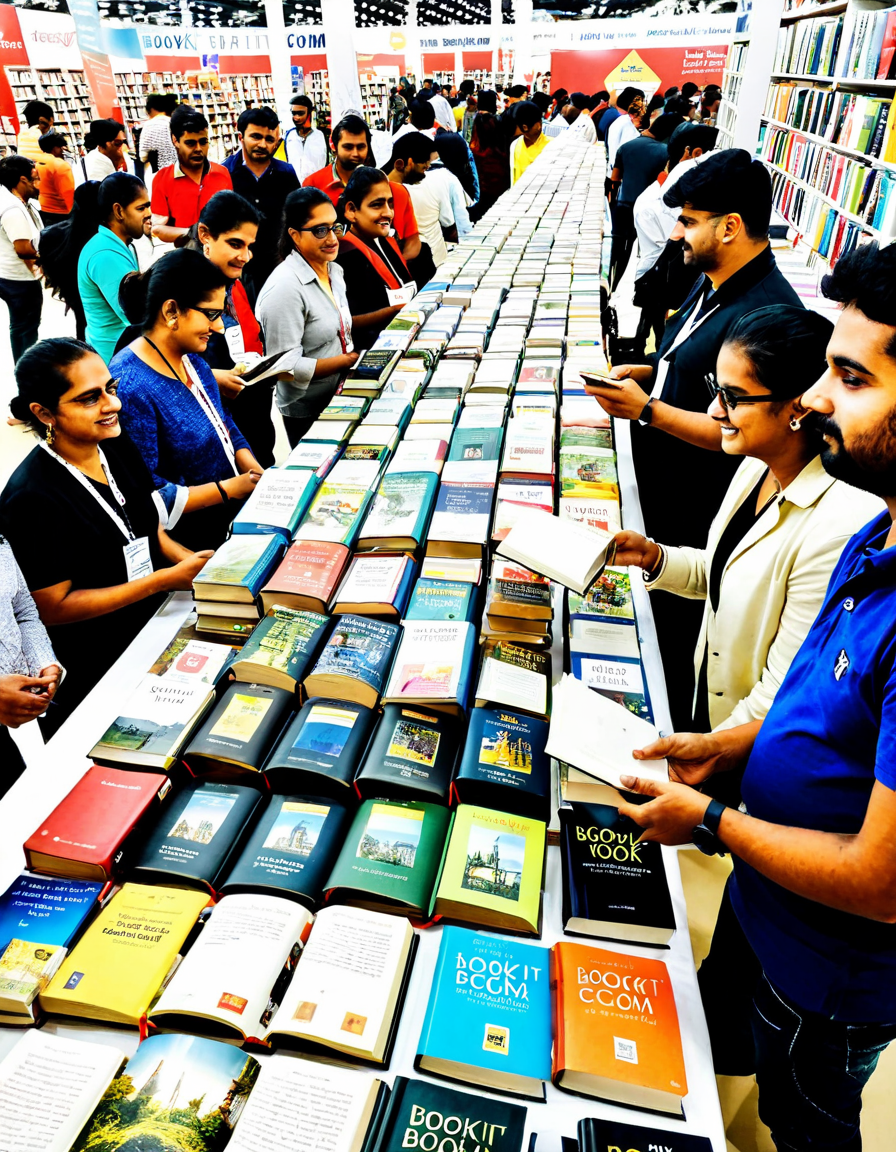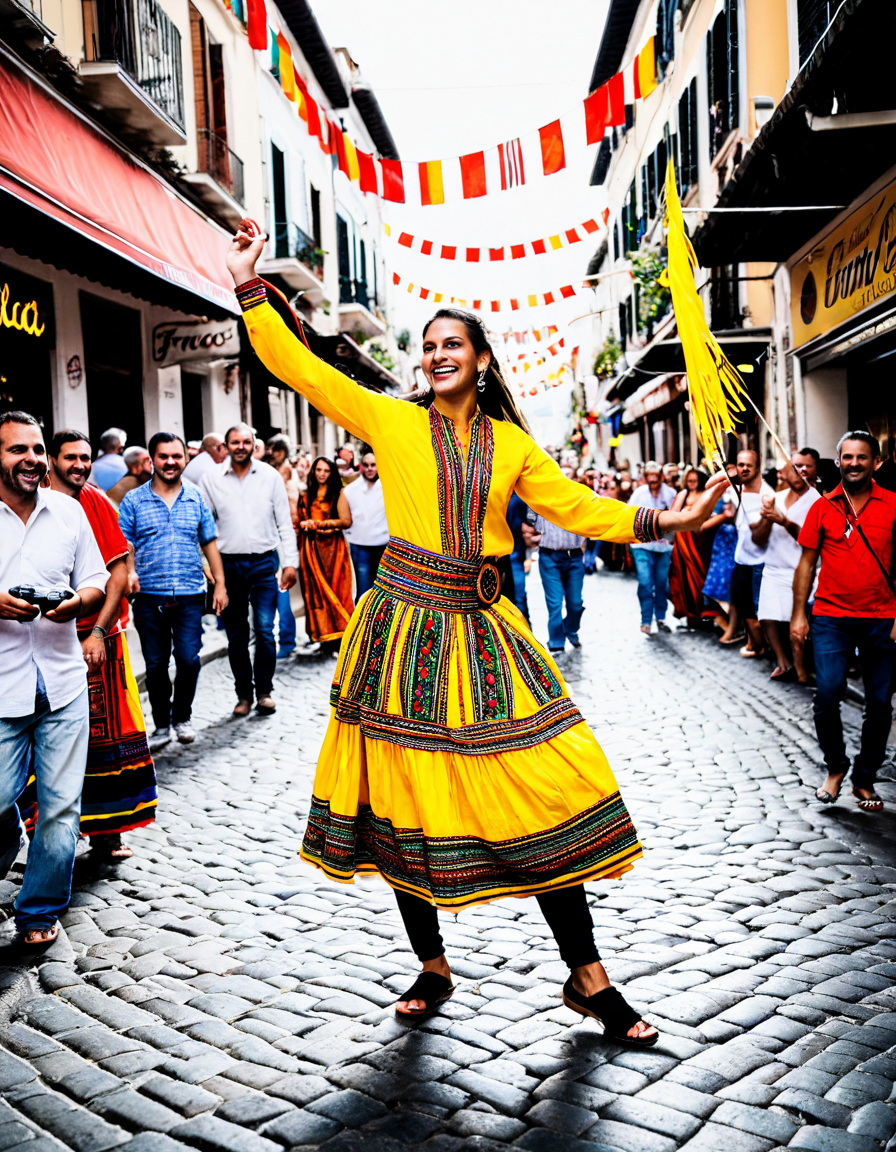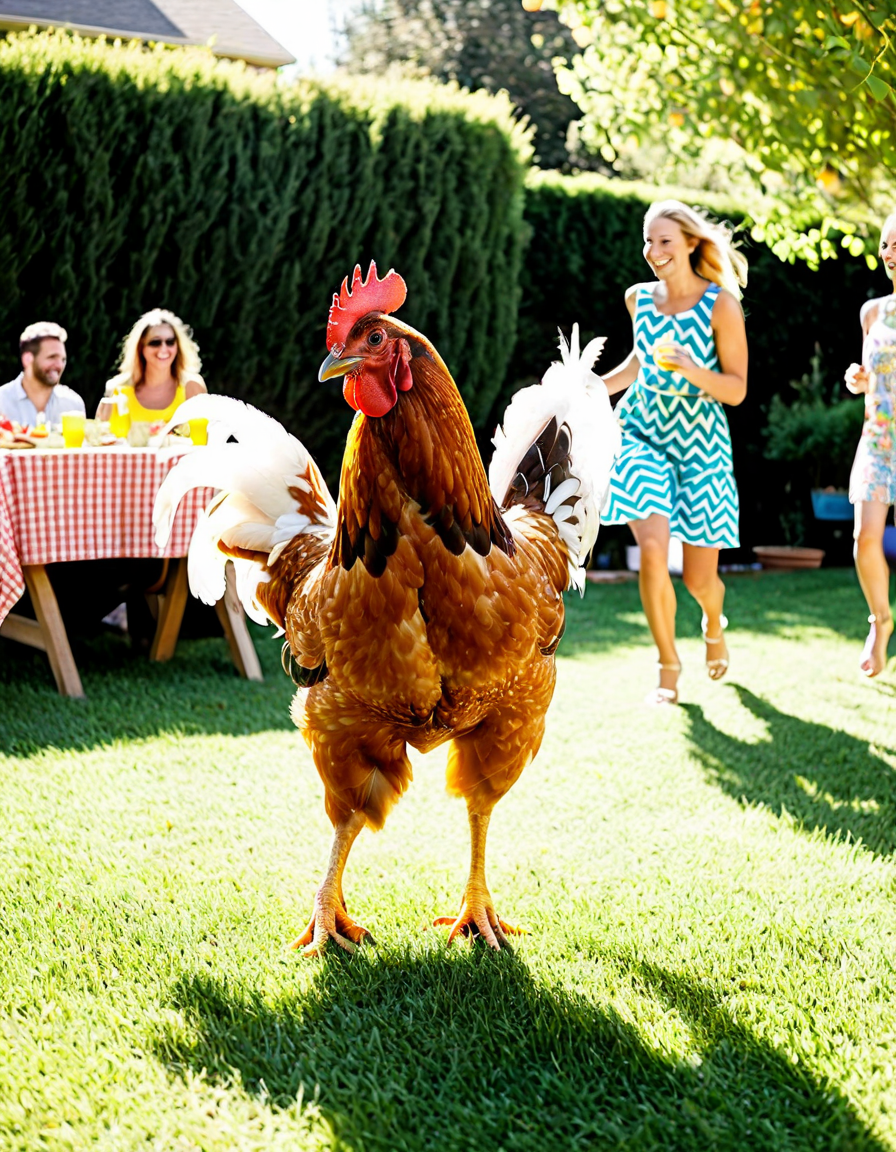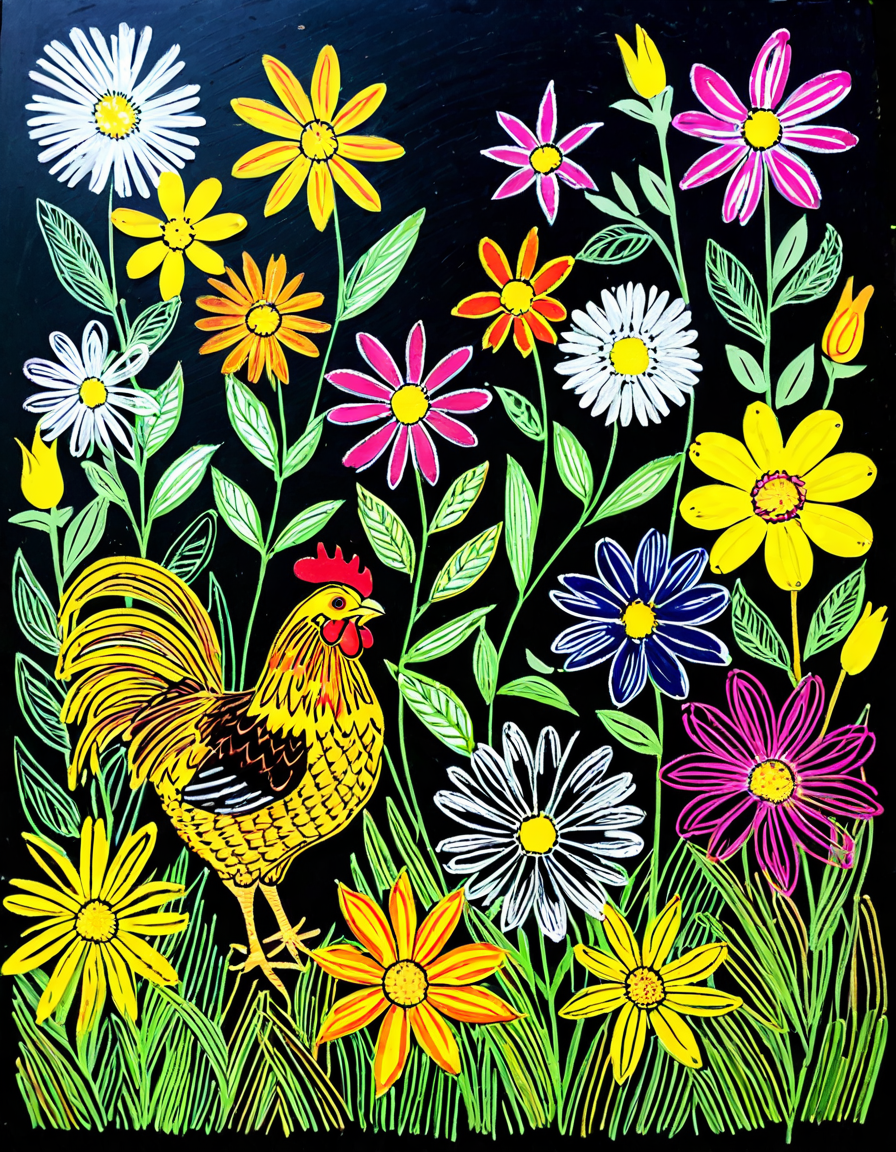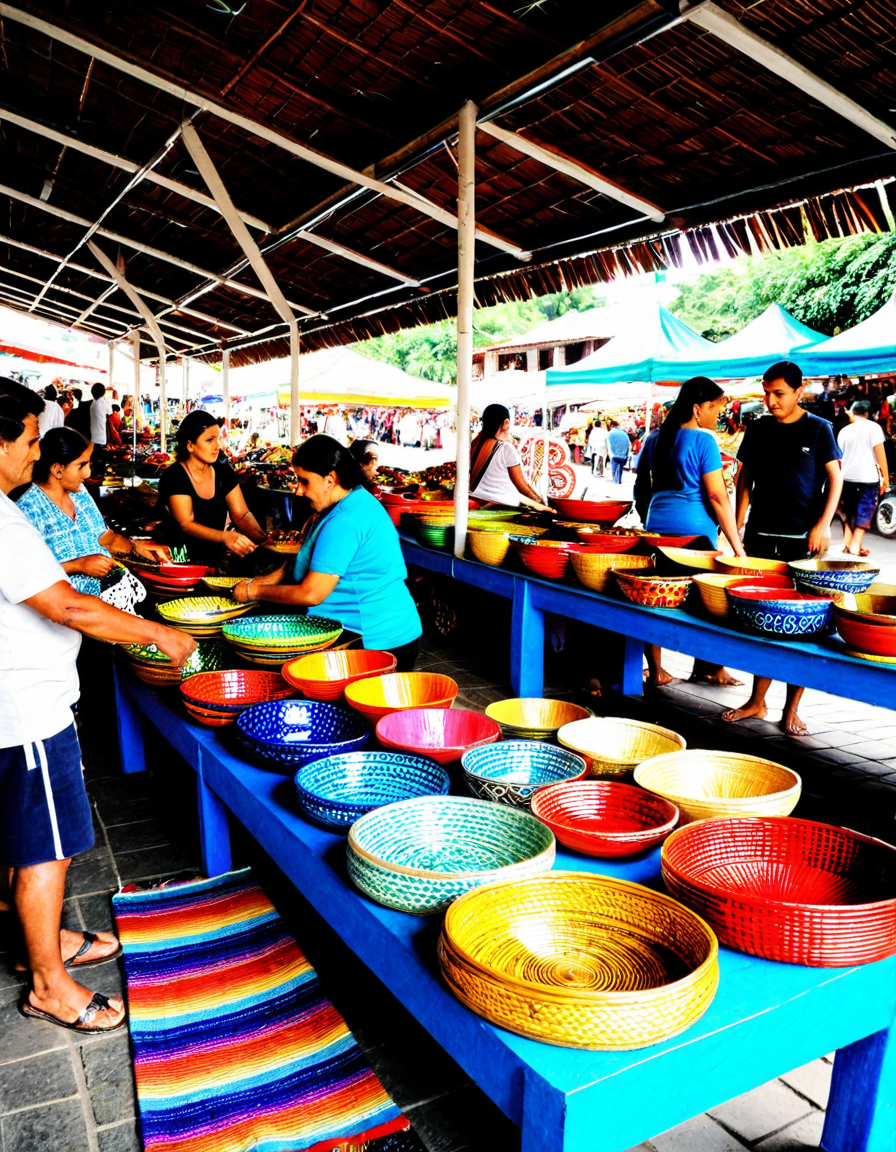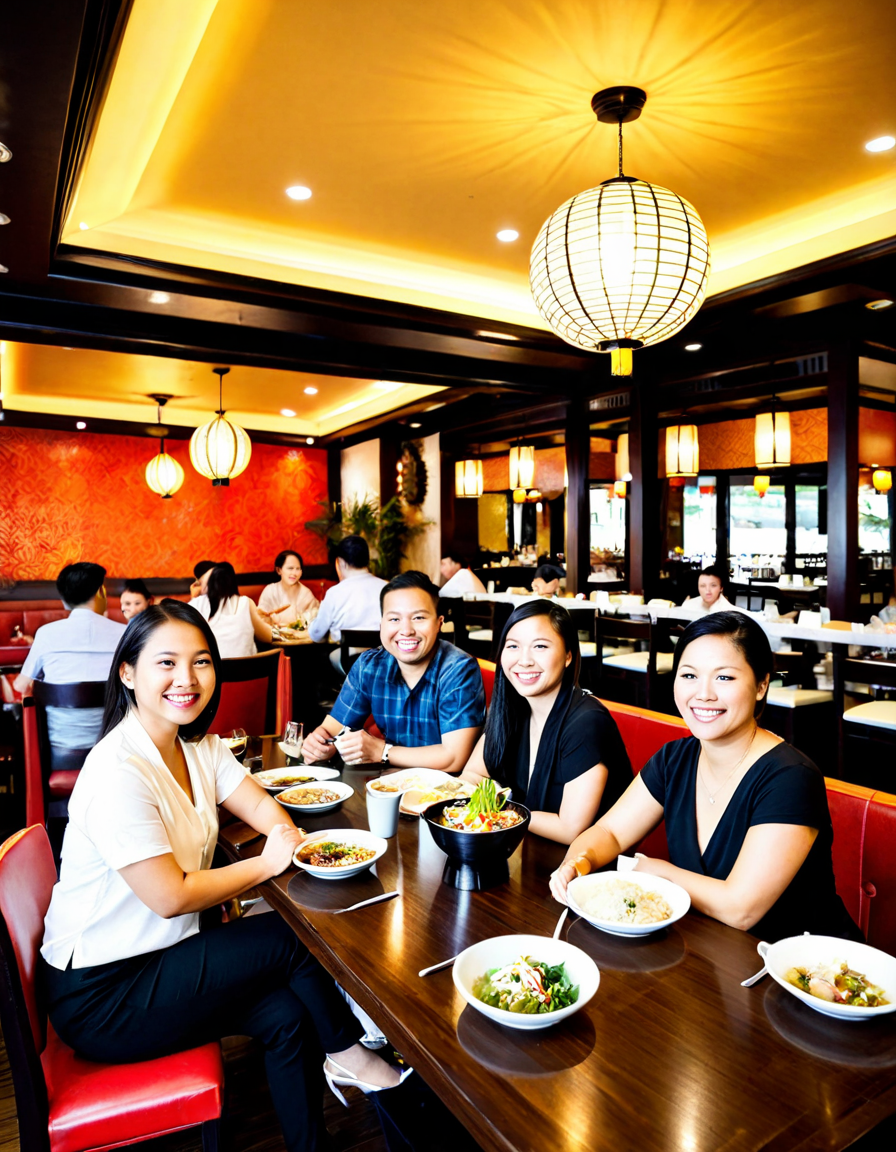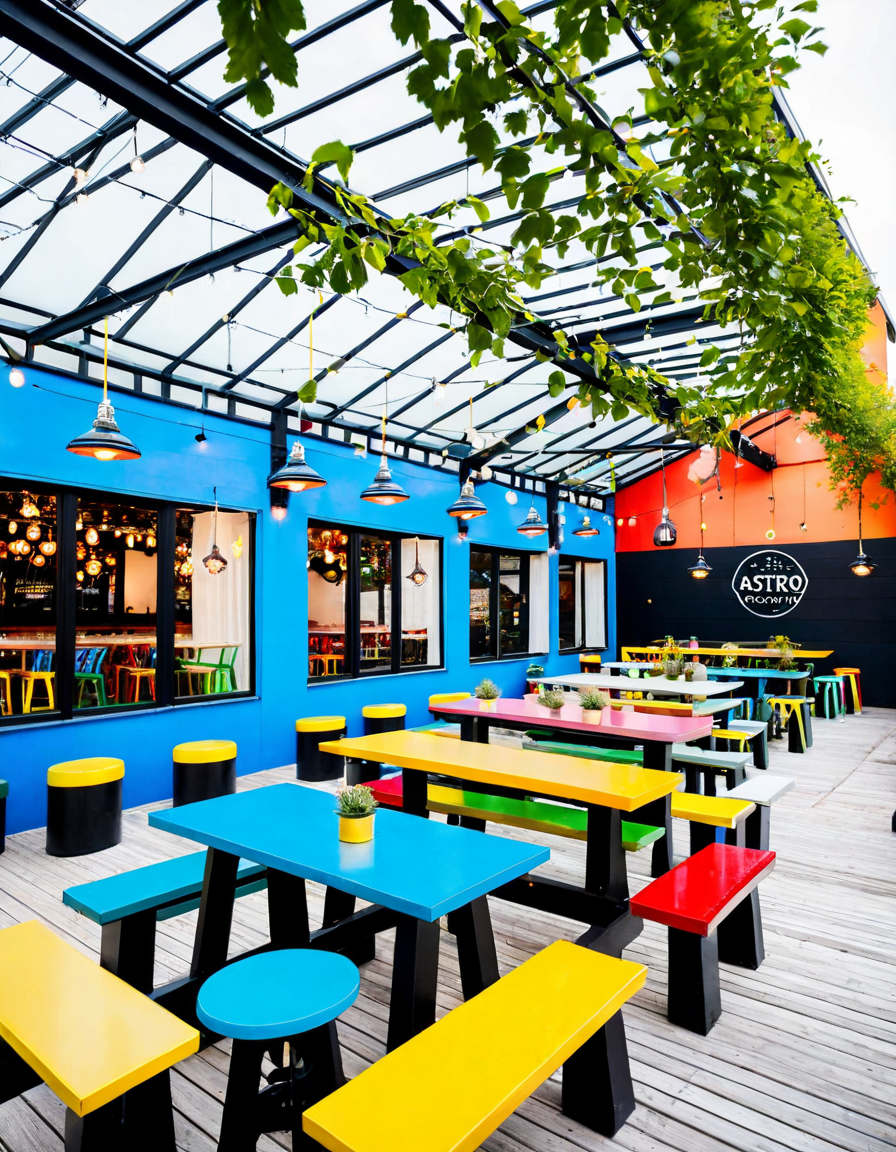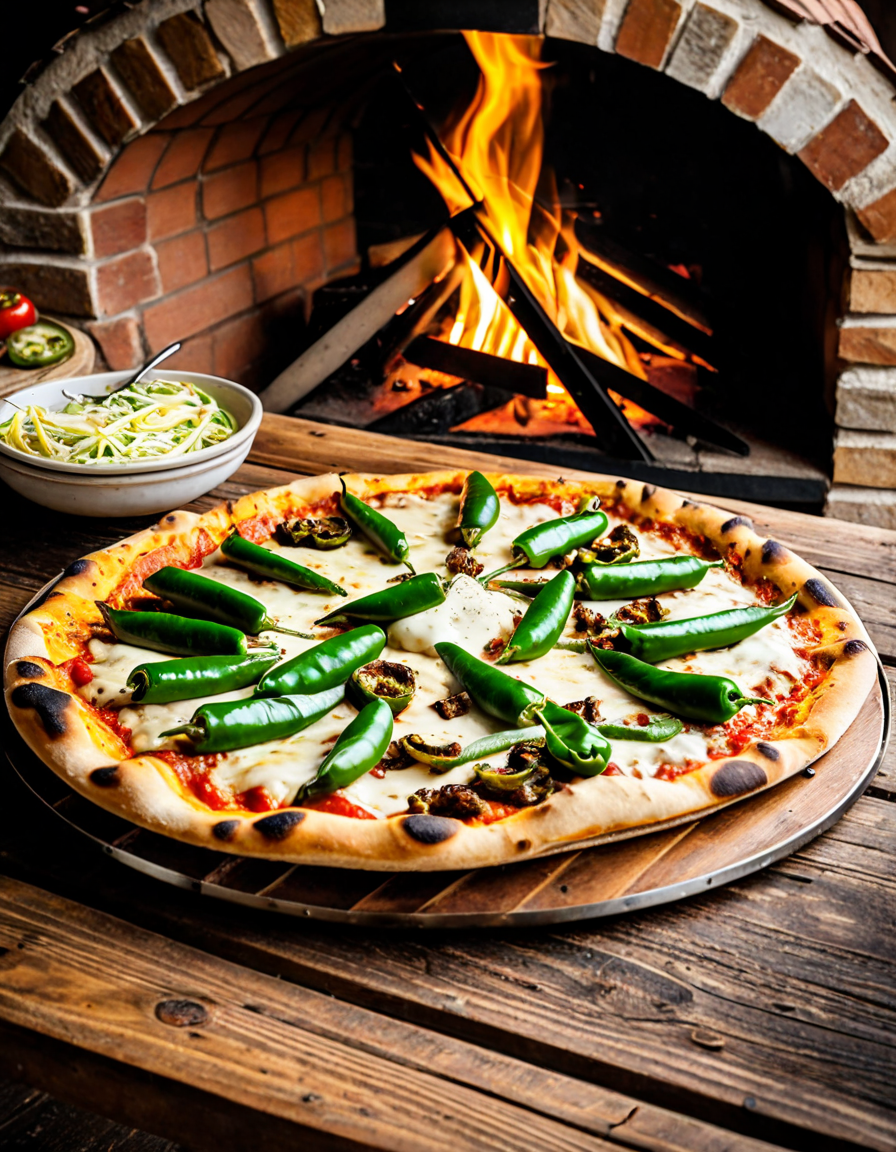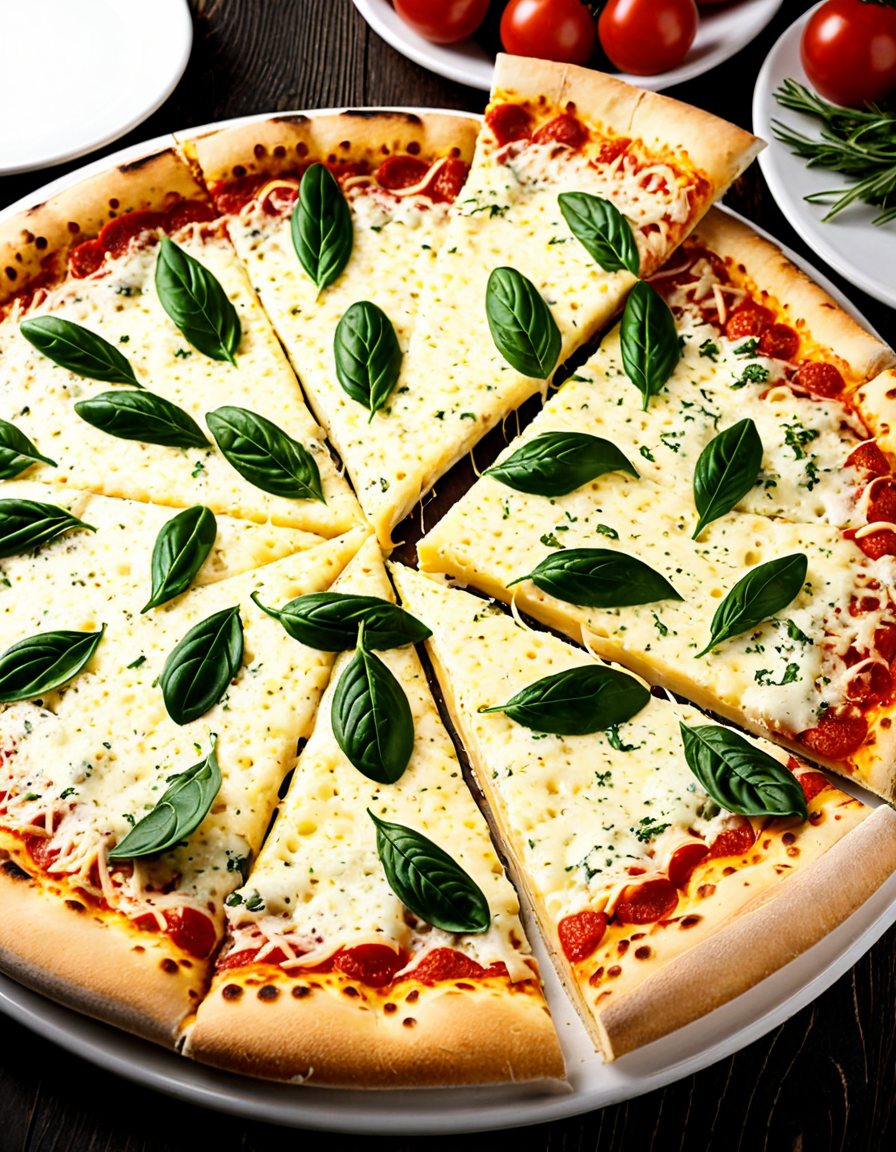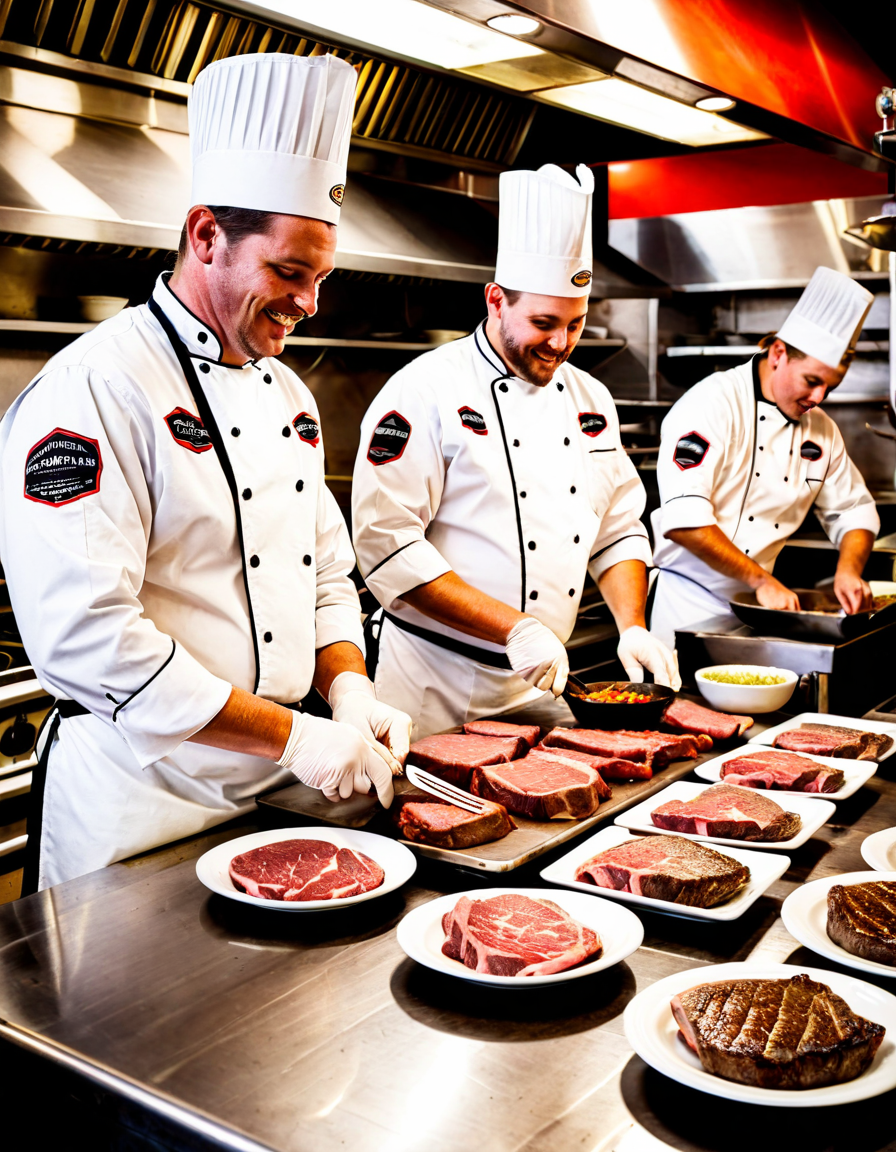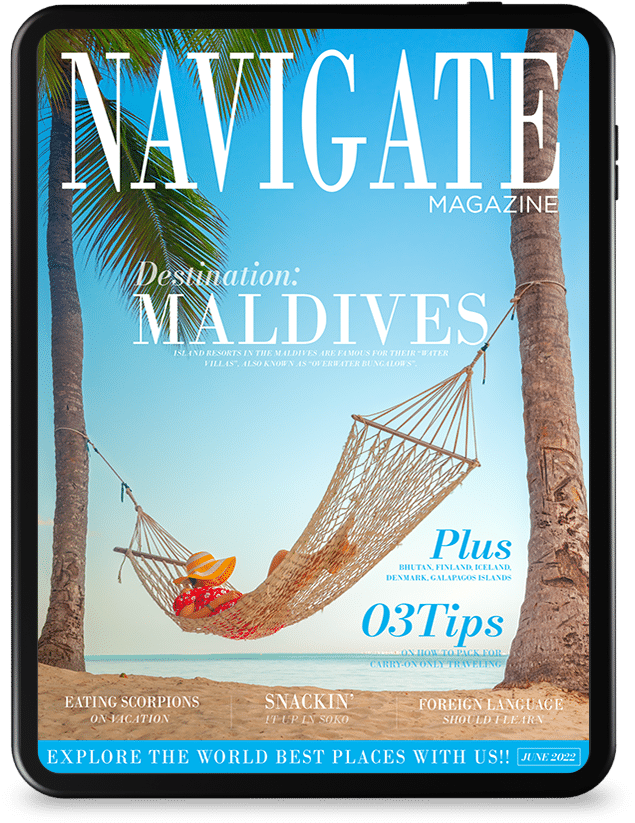Mongolian food often flies under the radar when it comes to global cuisine, overshadowed by the more prominent culinary offerings of its neighboring countries. Yet, within its hearty plates lies a world of fascinating flavors and traditions that reflect Mongolia’s nomadic roots. From savory dumplings to robust soups, Mongolian food is a culinary adventure that can surprise even the most seasoned food enthusiasts. With a tapestry woven from age-old practices and modern twists, Mongolian cuisine invites travelers to explore its delightful and uncharted territories.

1. Top 7 Mongolian Food Dishes That Will Delight Your Palate
When delving into Mongolian food, you’re in for a treat. Here are seven dishes that will not only excite your taste buds but also connect you to the time-honored traditions of this captivating culture.
a. Buuz (Steamed Dumplings)
Ah, buuz! These traditional steamed dumplings, often filled with minced mutton or beef, hold a special place in the hearts of Mongolians. Typically seasoned with garlic and onion, each bite bursts with rich flavors. You can’t miss trying the buuz at The Blue Sky Hotel’s Mongolian BBQ, which prides itself on delivering an authentic taste of Mongolian culture. It’s during Tsagaan Sar, the Lunar New Year, when these delightful dumplings really shine, serving as a symbol of unity and celebration.
b. Khorkhog (Barbecue Mutton)
If you thought barbecue was an American specialty, think again! Khorkhog raises the bar with its unique cooking method. Here, mutton is sealed in a container with hot stones, allowing the meat to absorb an irresistible smoky flavor. Located in Khan-Uul at Khorkhog House, locals regard this dish as a true representation of Mongolian food made with care and tradition. Served with sides of potatoes and carrots, this dish is not just a meal; it’s a flavorful journey into Mongolia’s culinary history.
c. Boodog (Roasted Goat)
Go big or go home, right? Boodog takes this mantra seriously with its whole goat preparation. The daring chefs cook the goat from the inside out using heated stones, creating incredibly tender and flavorful meat. For a taste of this culinary spectacle, head to Ulaanbaatar’s Family Kebab, where the dining atmosphere adds to the experience. Every bite of boodog offers a taste of adventure, making it a must-try for anyone exploring Mongolian cuisine.
d. Aaruul (Dried Curd)
Dried curds, or aaruul, might not look extravagant, but these little nuggets surprise with their nutritional powerhouse status. Made from milk, they serve as a popular snack or dessert throughout Mongolia. Vendors at the Ulaanbaatar Central Market offer flavors ranging from herbal to savory, showcasing their talent in making aaruul a delightful on-the-go snack. This little treat packs a punch in energy, perfect for those living the nomadic lifestyle!
e. Khuushuur (Fried Dumplings)
Imagine the comforting crunch of fried dumplings seasoned to perfection! That’s khuushuur for you — a street food staple widely relished during festivals. This popular snack captures a taste of Mongolia with its crispy shell and savory filling. If you’re ever in town, don’t leave without trying the famous khuushuur from the street vendor “Gandan Khuree,” where locals line up to indulge in this irresistible bite-sized treasure.
f. Tarag (Fermented Milk)
Ah, the aroma of tarag, or fermented milk; it might take a little getting used to. This tangy drink is a staple in many Mongolian households, valued for its health benefits and versatility. You can find authentic tarag at Mongolian Dairy, a local establishment dedicated to preserving traditional production methods. It’s the perfect companion to hearty meals, elevating the dining experience with its rich and creamy texture.
g. Shul (Mongolian Soup)
When the weather turns cold, nothing warms the soul quite like shul, a traditional Mongolian soup brimming with meat, noodles, and vegetables. This dish not only satisfies hunger but also represents the essence of comfort food in Mongolia. Restaurants like Khan’s Restaurant craft their shul with farm-fresh ingredients, ensuring each bowl delivers authentic flavors. Adding fried dumplings or noodles enhances the experience, making it a beloved choice for everyone, especially during the winter months.
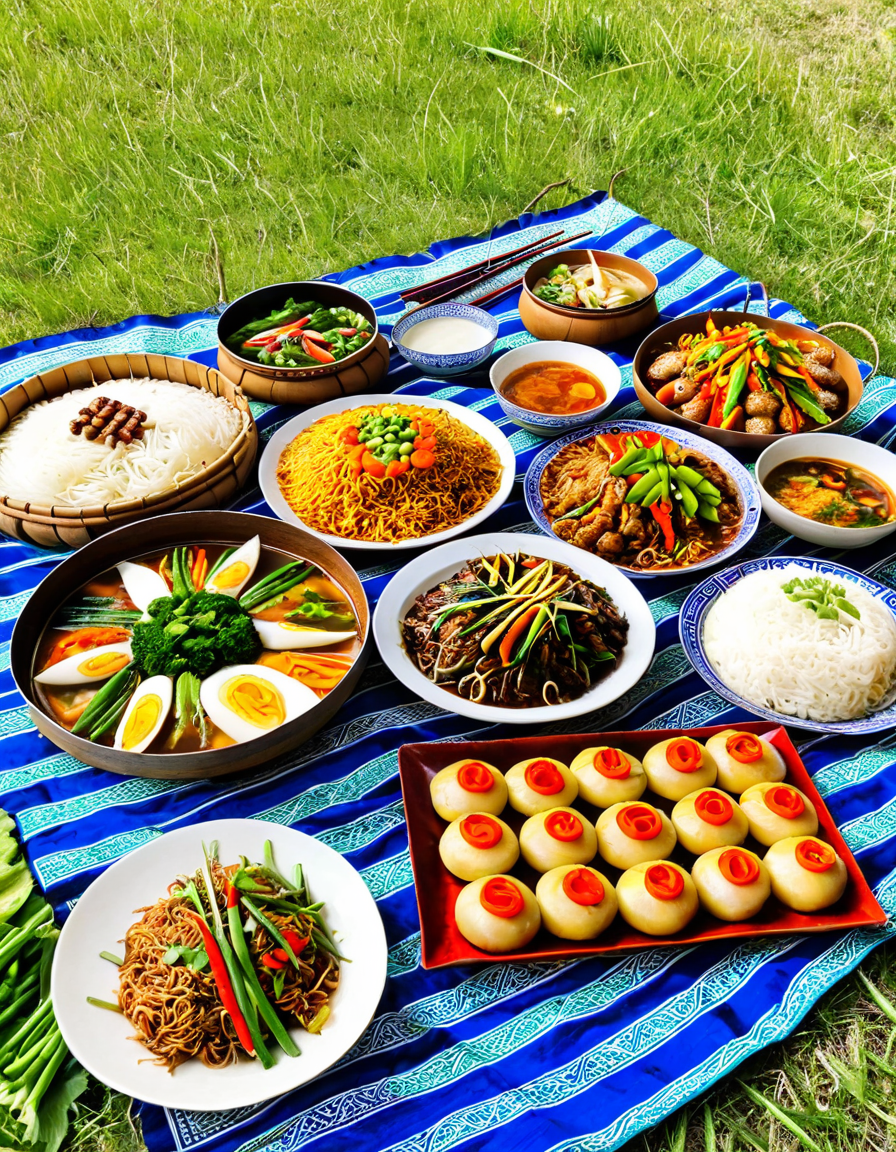
2. The Impact of Nomadic Culture on Mongolian Food
To understand Mongolian food, one must first appreciate its deep roots in nomadic culture. The vast steppes and harsh climate of Mongolia make agriculture a challenge, necessitating a reliance on animal husbandry. Meat, dairy, and fat form the cornerstone of the diet, cultivated to provide essential nourishment to families on the move.
Food preservation techniques, such as drying and fermenting, echo the resourcefulness inherent in nomadic lifestyles. These traditions not only showcase intelligence and adaptability to seasonal changes but also express a profound respect for the land and its animals. Modern chefs are now blending these traditions with contemporary culinary practices, ensuring that Mongolia’s rich heritage continues to thrive even in the face of change.
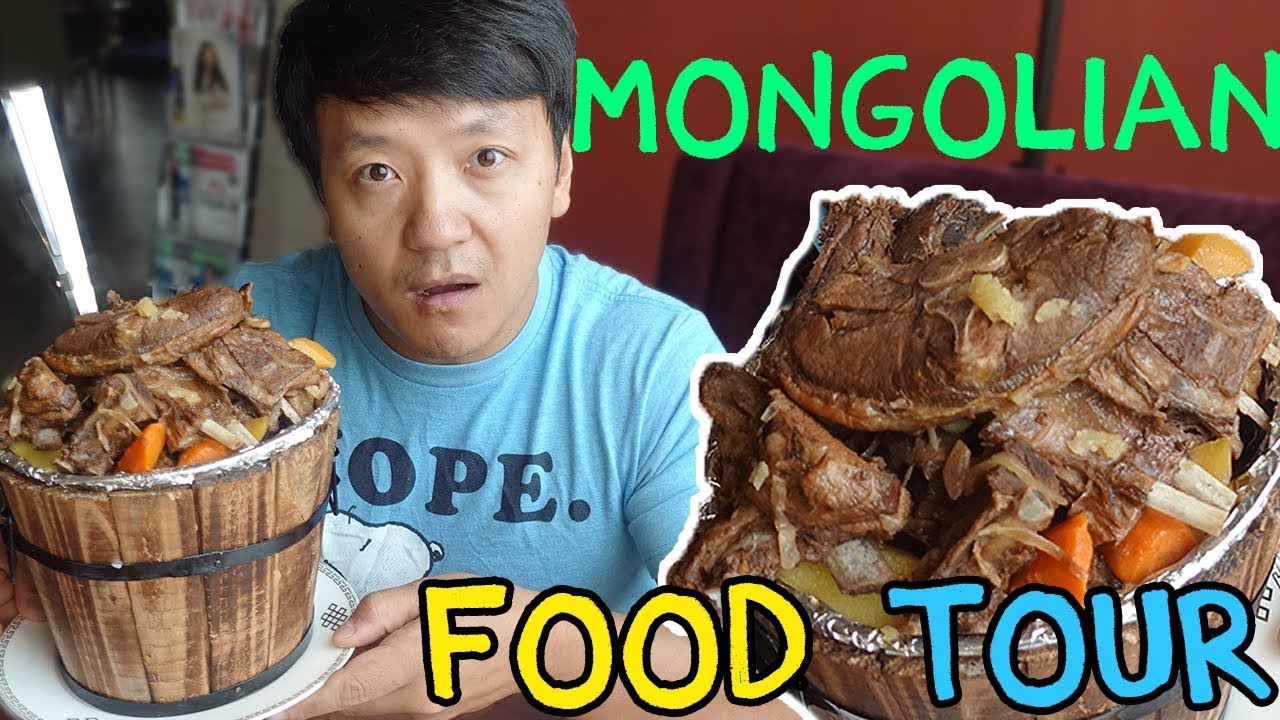
3. The Emergence of Fusion Mongolian Food
As global culinary trends evolve, Mongolian cuisine is experiencing a renaissance of fusion. Young chefs are increasingly combining traditional Mongolian food ingredients with international flavors, tantalizing a wider audience. One such popular concept is “Mongolian BBQ,” which can be found in various international cities. Guests interactively select their ingredients, creating personal dishes while respecting traditional cooking techniques.
Establishments like “Mongol Nomads” take the lead by introducing innovative dishes that marry traditional Mongolian flavors with Mediterranean or Asian influences, making dining experiences fresh and exciting. This fusion not only attracts younger generations but also highlights the dynamic nature of Mongolian food culture, keeping it relevant on the global stage.
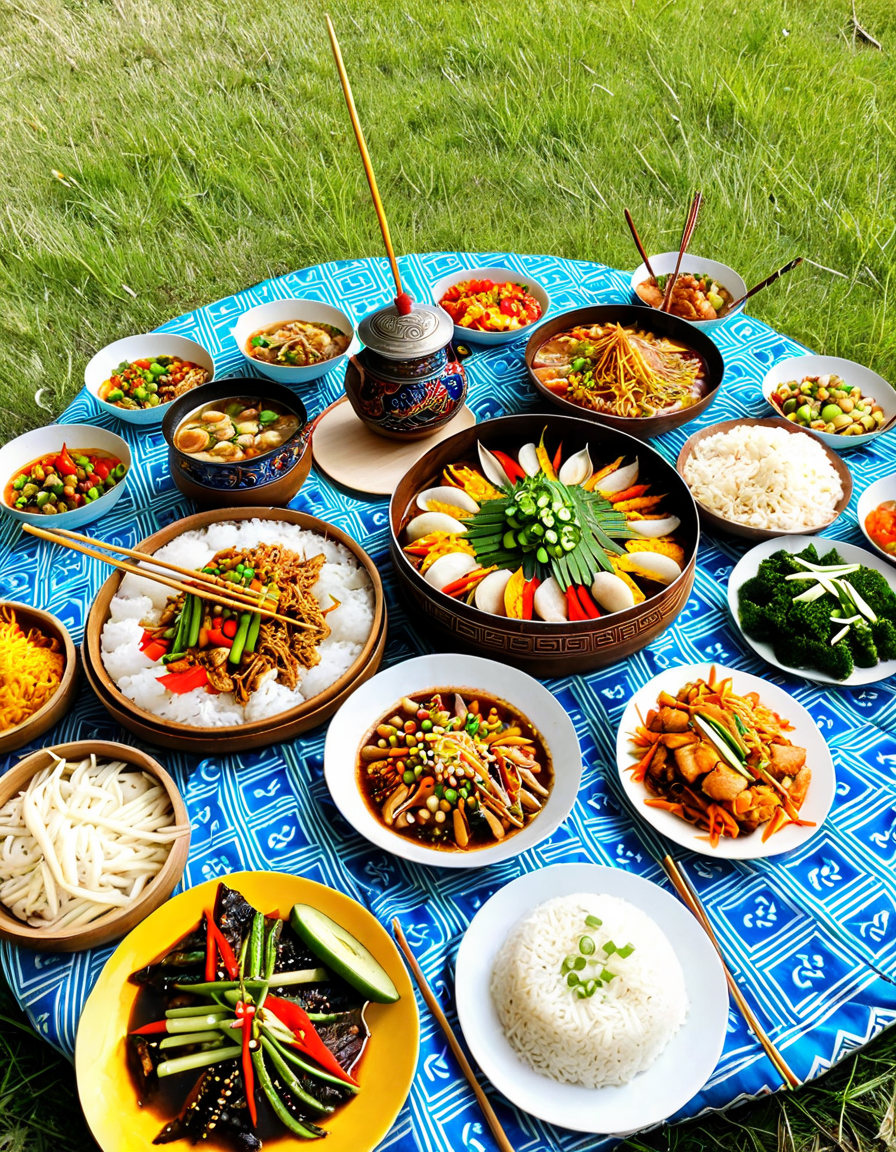
Finding and Supporting Authentic Mongolian Cuisine
Embarking on a journey through Mongolian food deepens one’s connection to the culture and its community. By supporting local chefs and eateries, you not only foster the continuation of culinary traditions but also partake in a cultural exchange that is indeed enriching. As more adventurous travelers seek authentic gastronomic experiences, the global palate is bound to be amazed by Mongolia’s rich offerings.
The flavors of this enchanting nation tell a story of resilience, creativity, and unity. Whether it’s the mouthwatering combat of a steaming bowl of shul or the enticing aroma of khorkhog, each dish invites you to dive deeper into the heart of Mongolian culture. So, as you venture into this culinary landscape, be prepared to awaken your taste buds in ways you hadn’t thought possible. Mongolia’s food journey is one worth experiencing, as it promises unforgettable moments and flavors at every turn.
Explore more cultural gems, culinary delights, and travel experiences in Montecito Hotels, enjoy relaxing staycations in beautiful destinations like El Dorado park, indulge in the exquisite tastes of Portuguese food, or uncover cheap Places To travel around the world; thrilling experiences await you! Immerse yourself in the magic of different cultures and let your palate guide you on this vibrant journey.
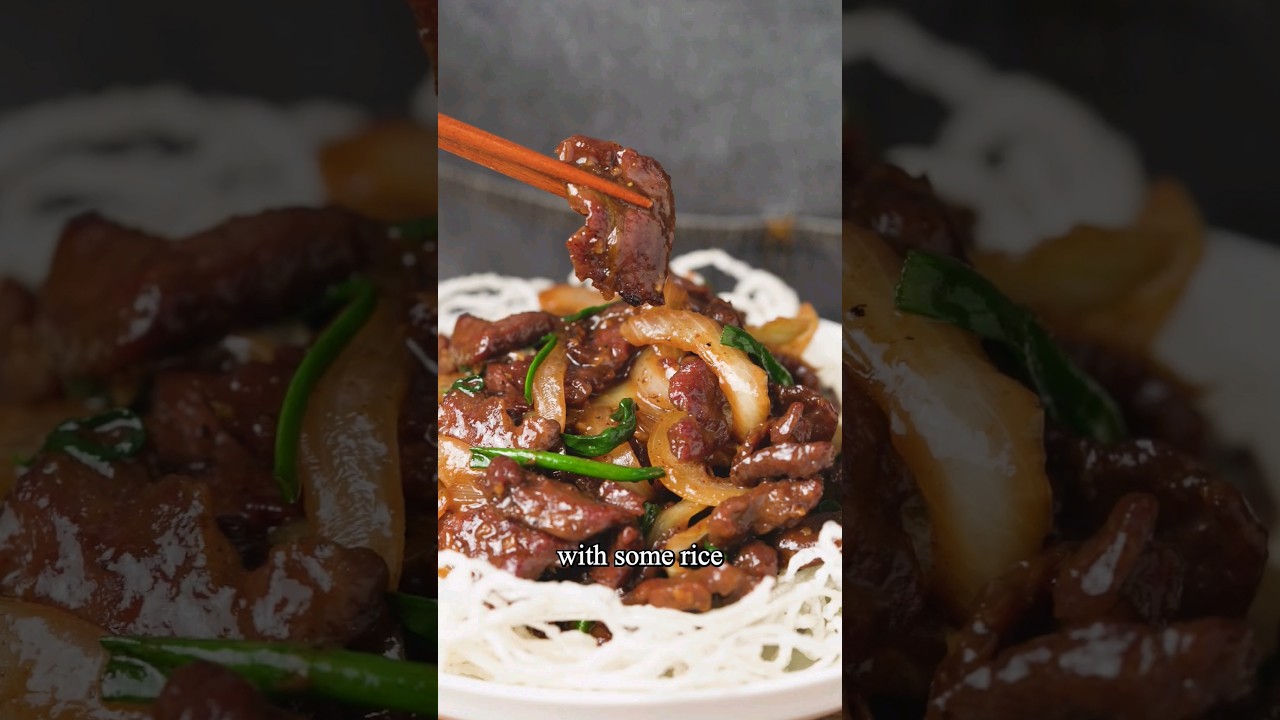
Surprising Aspects of Mongolian Food
The Culinary Tradition Behind Mongolian Food
Did you know that Mongolian food reflects the country’s nomadic lifestyle? Historically, herding and livestock farming have been pivotal, shaping dishes like buuz—steamed dumplings filled with meat. These hearty delights are often enjoyed during festivals, giving a festive touch to family gatherings. You might encounter a traditional banquet laid out in a style reminiscent of a Norman Rockwell painting, where each dish carries a story passed down through generations.
Furthermore, Mongolian food isn’t all about meat. Fresh greens, such as those sourced from a spring garden, play an integral role in balancing flavors. Locally grown vegetables bring vibrant colors to dishes and help create healthier meals for locals. With the rise of sustainable agriculture, there’s a growing appreciation for these field-to-table practices that connect residents to their land. So, if you think you know what Mongolian food is all about, think again!
A Taste Adventure Awaits
When dining on Mongolian food, you might come across an intriguing contrast: traditional dishes like khorhog—a type of meat stew cooked in hot stones. Now that’s a method you don’t see every day! Popular places to eat often serve this unique dish, giving patrons an authentic taste of the culture. Imagine savoring the flavors while surrounded by friends, the laughter echoing as stories are shared over food. Just as Corinthians Fc finds community through sport, food weaves itself into the fabric of social gatherings in Mongolia.
And if you’re a movie buff, you might want to know that the visual flair of Mongolian food, rich with color and texture, plays a starring role—almost like a scene from Oppenheimer in 70mm. Each plate tells a vibrant story, inviting both locals and travelers to dig in and explore. Next time you’re at a Mongolian restaurant, don’t hesitate to try something adventurous; your taste buds will thank you! Remember, Mongolian food isn’t just about eating; it’s about embracing a cultural tapestry that’s been crafted over centuries.
